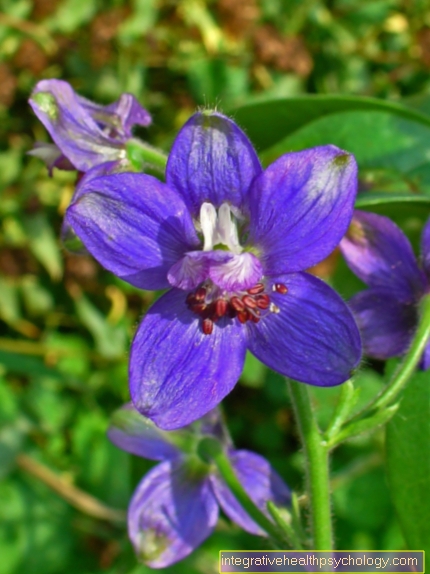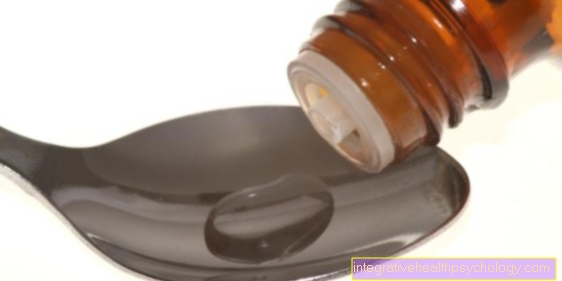Sea buckthorn
Latin name: Hippophae rhamnoides
genus: Oleaceae
Common names: Dune thorn, red sloe, sandberry
Plant description
Medium-sized shrub, which can also grow tree-shaped. The branches and leaves are thorny, the leaves are hairy white and silver. The inconspicuous flowers form bright orange-red, small berries. They are very sour, smell tart and have a nutty core.
Occurrence: Sea buckthorn is widespread in Europe and Asia. It likes to grow in sand dunes by the sea, on streams and embankments.
Heyday: April, the fruits are ripe in September to October.
Ingredients used medicinally
The ripe berries are used. These are not obtained for the preparation of tea, but are usually processed into juice fresh or frozen.
ingredients
Abundant vitamin C, carotene, B group vitamins, flavonoids, and fatty oil in the seeds.
Medicinal effect and application
Thanks to its high vitamin C content, sea buckthorn juice increases the body's defenses. It is used at Colds and Illnesses with fever. Also preventive in times of colds.
Preparations
Ready-made juices are available in specialist shops. In areas where the sea buckthorn is abundant, juices, jams and spreads are also made and used as spreads or refreshing drinks.
Side effects
There are no known side effects.




















.jpg)








